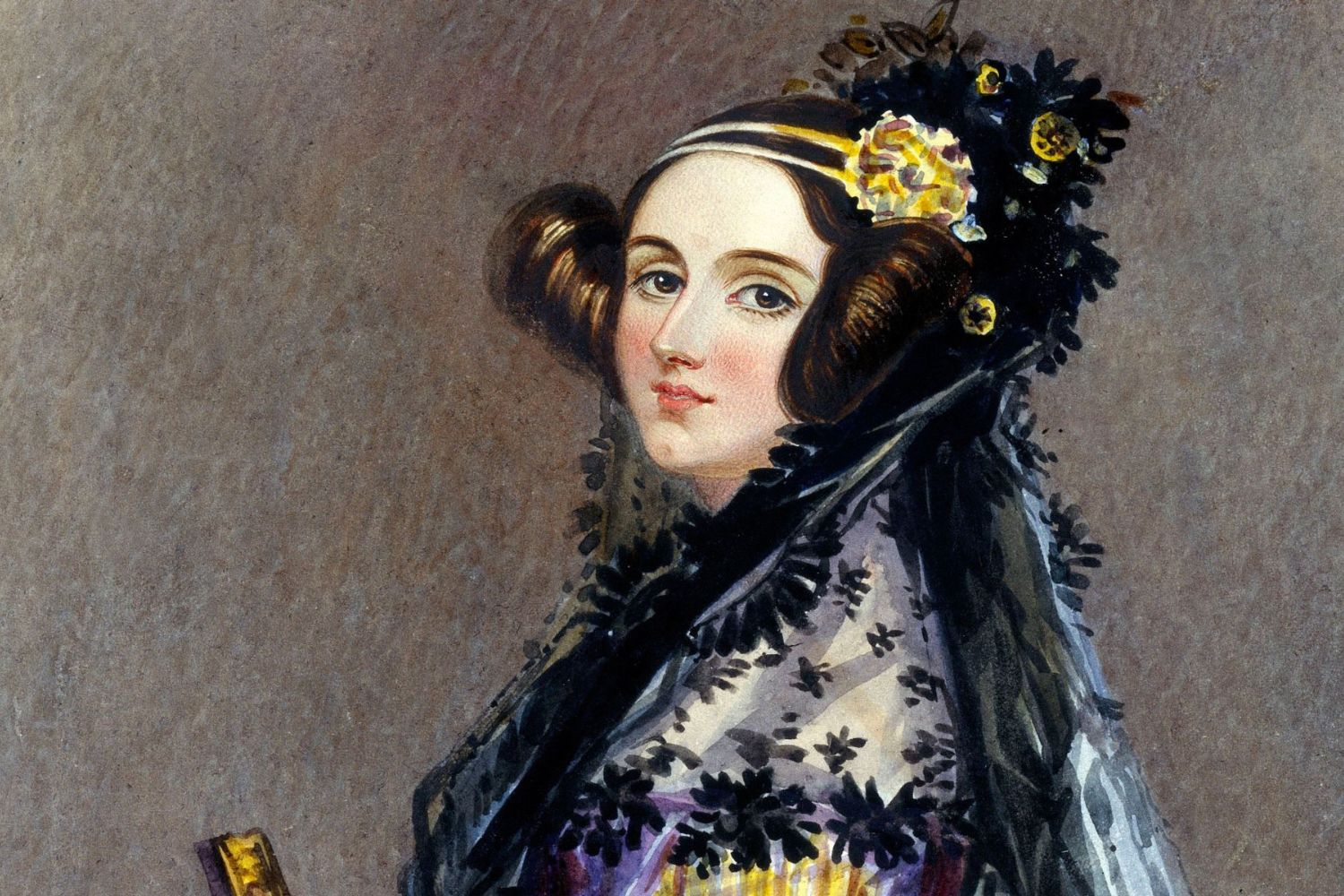Ada Augusta King, better known as Ada Lovelace, is one of the most fascinating and revolutionary figures in the history of science. But she lived almost always with a male pseudonym, because no, mathematics couldn't be a woman's thing...

Ada Augusta King, known as Ada Lovelace, is an extraordinary figure in the history of mathematics and computer science. Born in 1815 as the only legitimate daughter of the celebrated poet Lord Byron and mathematician Anne Isabella Milbanke, she inherited from her mother a natural aptitude for numbers and a burning passion for mathematical sciences.
Her fame is primarily linked to her close collaboration with Charles Babbage, considered the father of computers, who nicknamed her “the enchantress of numbers” for her exceptional abilities. Their most significant work concerned the development of the Analytical Engine, considered a precursor to modern computers. In particular, Babbage entrusted her with the important task of translating into English the studies of Italian mathematician Luigi Menabrea (future Italian Prime Minister from 1867 to 1869) relating precisely to this innovative machine. In just 36 years of her life (she was born on December 10, 1815 and died in 1852), Ada became one of the most famous women in England and throughout Europe thanks to her passion and undisputed talent for mathematics.
But there’s a catch: many of Ada Lovelace’s works were initially published under a pseudonym or with the name of her male colleague Charles Babbage.
Ada Lovelace’s achievements
In 1843, Lovelace translated an article written by Italian mathematician and engineer Menabrea (1842; “Elements of Charles Babbage’s Analytical Engine”). Her detailed and elaborate annotations (particularly her description of how the proposed Analytical Engine could be programmed to calculate Bernoulli numbers) were considered excellent:
The Analytical Engine – it was said – weaves algebraic patterns, just as the Jacquard loom weaves flowers and leaves.
But Ada also added several notes and observations to the translation, giving rise to her great ability to foresee many of the future applications of computers, including an algorithm for calculating Bernoulli numbers. That algorithm is now recognized as the first computer program in history. Furthermore, it was precisely from Ada’s work that Alan Turing drew inspiration to build the first modern computer.
The birth of Ada Lovelace Day
Almost needless to say, Ada’s efforts were long ignored. Only in 1979 did the U.S. Department of Defense honor her memory and work by naming a programming language “Ada.”
The second Tuesday of October each year celebrates Ada Lovelace Day (ALD), an international celebration of the achievements of women in science, technology, engineering and mathematics (STEM). Born in 2009 from an intuition of activist Suw Charman-Anderson, its mission is to “raise the profile of women in STEM.”
